The Article
Bob Dylan: It’s All About Sara
20th August 2019
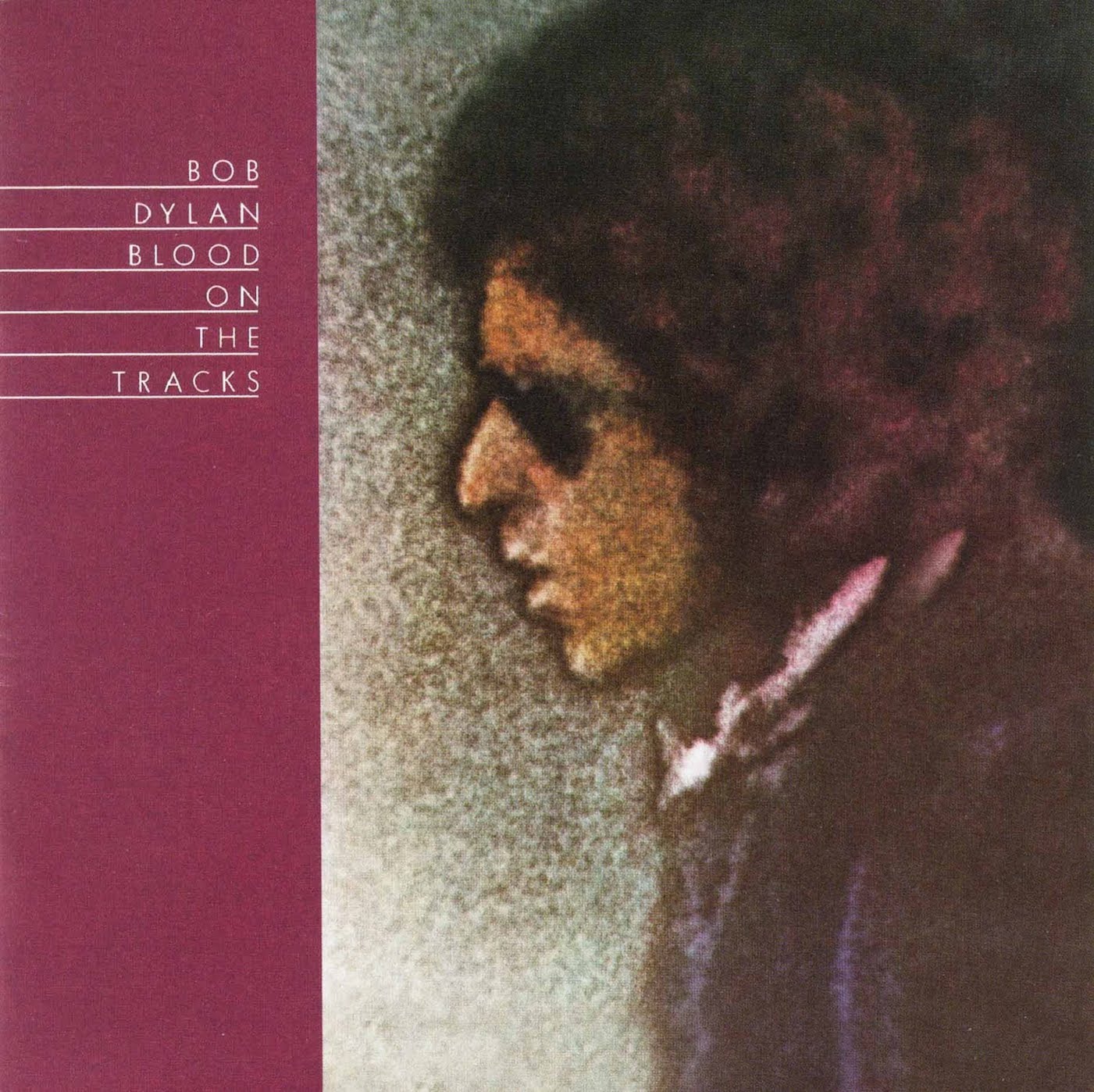
Title: Blood On the Tracks
Label: Columbia
You know, there are many classic LPs out there but there are far fewer classic albums. Let me explain, this Bob Dylan album sits within the Mobile Fidelty roster (www.mofi.com) – and notably it has now been released as part of the company’s superb One Step series of vinyl discs. The label chops and changes its roster of vinyl releases but, once upon a time, on the company site, you could find Stevie Wonder’s Fullfillingness First Finale, to name but one example. I pick that one out because its a brilliant piece of work that would receive full marks from any self-respecting, retrospective review but it is a brilliant collection of songs. It doesn’t really hang together as a single document. I’m not trying to promote concept albums but I am pushing the ideal of the album that has emerged from a single mood, a single train of thought or a single inspiration.
For Bob Dylan, Blood On the Tracks (1975) was created after his separation from his wife Sara and, as such, is often seen as the greatest break-up album of all time integrating feelings of resentment, mourning, remorse and a search for peace. As such, it did something that just about no Dylan album had done up until that point, it helped to reveal the man to his listener.
For the fan, the content of the album made a refreshing change from the allegory and mystery that formed the majority of Dylan’s lyrics up to that point. Not that it pleases Dylan much, “A lot of people tell me they enjoy that album. It’s hard for me to relate to that. I mean, it, you know, people enjoying that type of pain, you know?”
In many respects, because the album had been created from a passion, an inner drive, a reaction against the hurt, that is why Blood On the Tracks still sounds as fresh today as it did when it was first released.
If you take time to consider your typical ‘Ooo Baby’ song from the 60s, 70s and 80s, it will tend to reflect fashion and culture of the age and run the danger of sounding stale soon after because of it. Blood…, however, will never fall out of fashion because it echoes something that is in all of us or something of the potential within us, at any rate. Something human.
“A lot of my songs don’t work,’ admitted Dylan, talking in the 70s. “I wrote a lot of them just by gut because my gut told me to write them and they usually don’t work so good as the years go on. A lot of them do work. With those, there’s some truth about every one of them. And I don’t think I’d be singing if I weren’t writing, you know. I would have no reason or purpose to be out there singing.”
The album itself turns its eyes towards the past, in terms of style as it lowers the decibel rate, producing a low-key acoustic approach. Some observers took this delivery as a form of nostalgia for those early 60s times but this album represents more than that. When Dylan took that path, he drew upon his own inherent strengths as an artist, largely because the style is so familiar. Dylan presents an intimate record and, at times, moving work and one that, as he himself confirmed during an interview in Germany, will and cannot be replicated, “I never listen to my old stuff. I don’t want to be reminded of my self or be an influence on my self. I want to go on, always go on…”
There are two Mobile Fidelity editions. The ‘basic’ version is not now on the Mobile fidelity catalogue but it’s still ‘out there’. It has been pressed on 180gm vinyl and is contained within a thick, gatefold, sleeve and Mo-Fi’s own anti-static, non-scratch inner sleeve. The album has been produced from the original master tapes and pressed at RTI. Mo-Fi says that this is the, “…first-ever proper analogue reissue,” of the title. Listening tests proved a delight, with the issue offering a true 3D soundstage and welcome clarity. I’ve yet to hear the newer One Step version, I have to admit, but I have great hopes for it because I’ve heard the results of the process in the past.
As for the album as an artist’s project? If I was going to be glib, I would offer this album as a nicely packaged suite of rent emotions, wrapped up and tied with a ribbon for your delectation but that would be to negate what Bob Dylan has done here. In fact, he has created an artistic space and then poured the intensity of an emotional event into it. As such, Blood On the Tracks offers a unique window into Dylan’s heart, his angst and his art.
[Don’t forget to check out my Facebook Group, The Audiophile Man: Hi-Fi & Music here: www.facebook.com/groups/theaudiophileman for exclusive postings, exclusive editorial and more!]

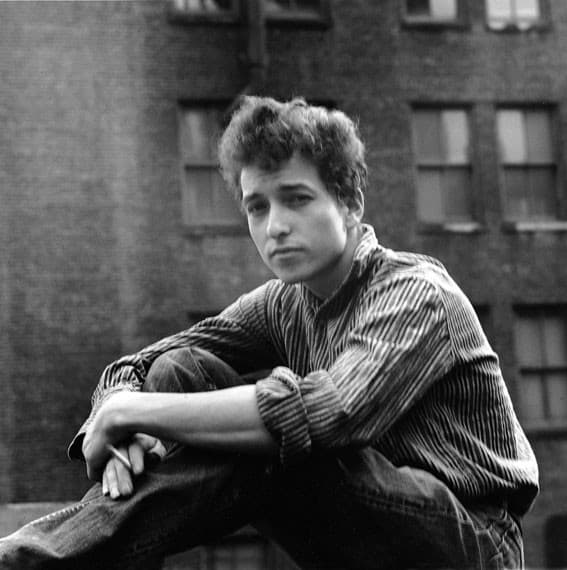
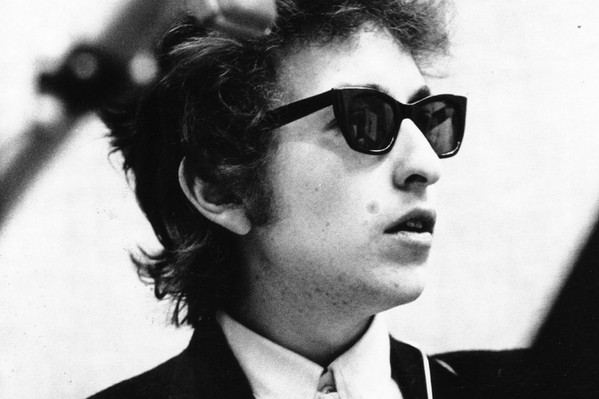
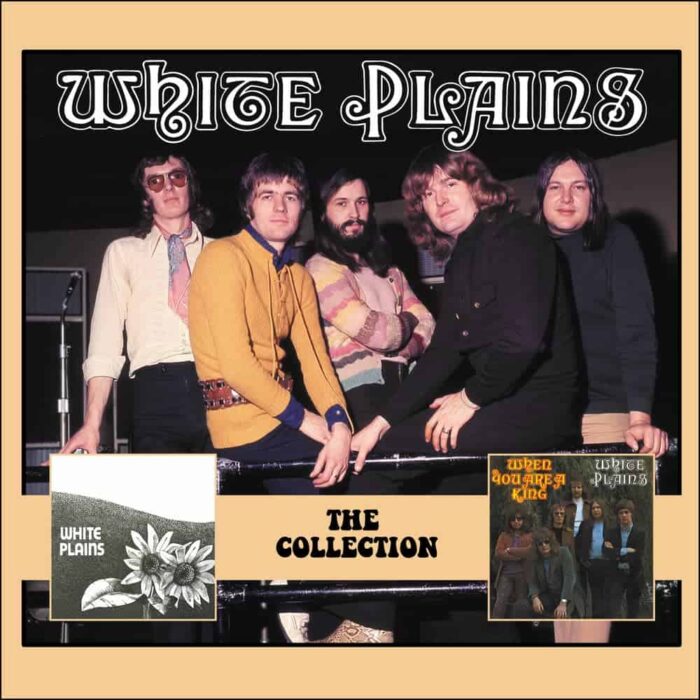
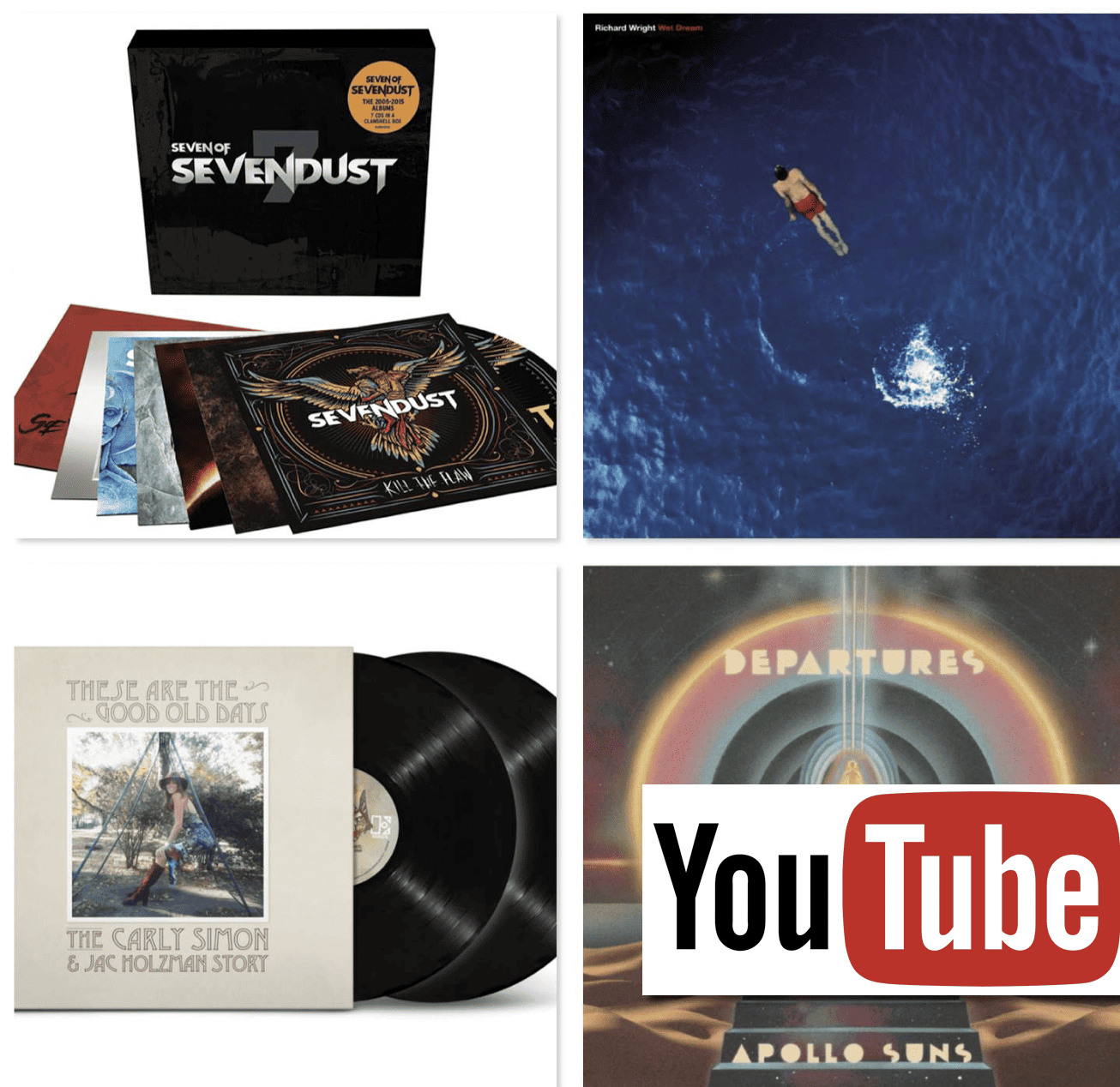
Nice article, but why is there a picture of Bob and Joan, instead of another one of Sara, the focus of this piece?
Whoops! Thanks for the correction, Inga.